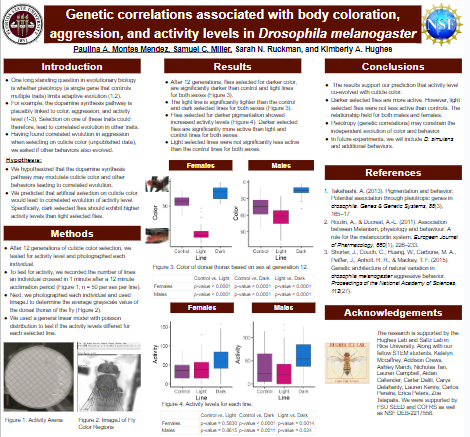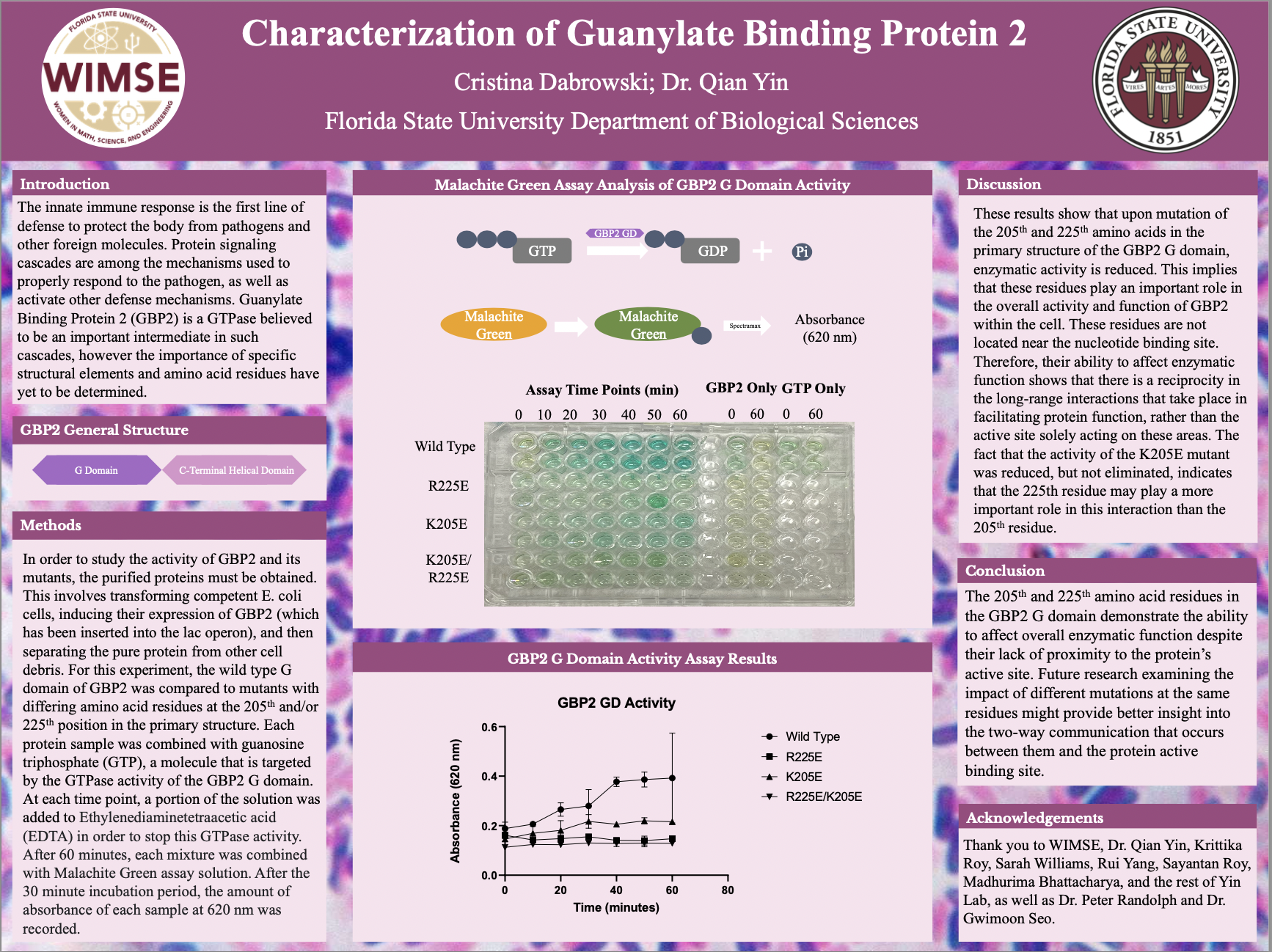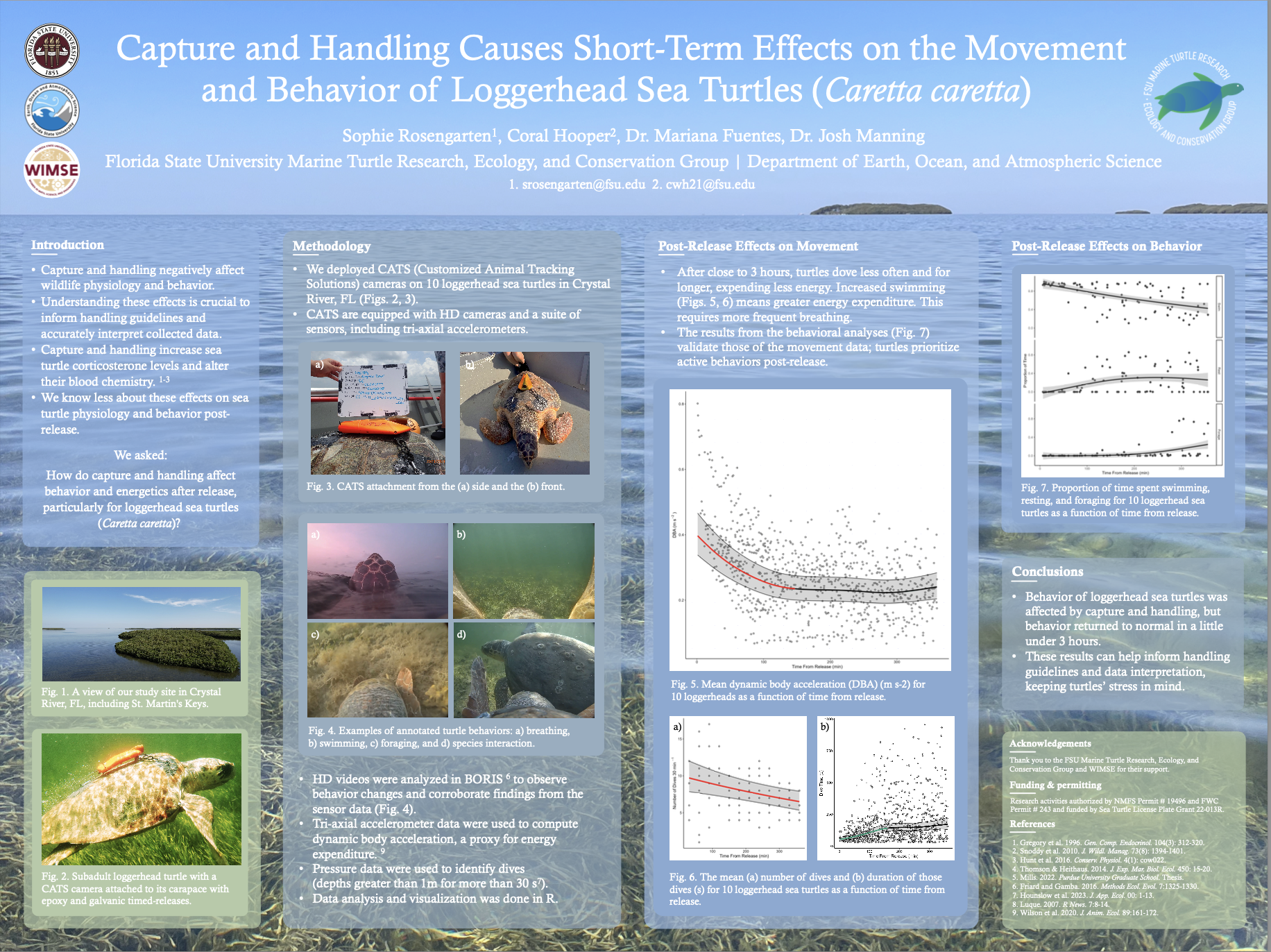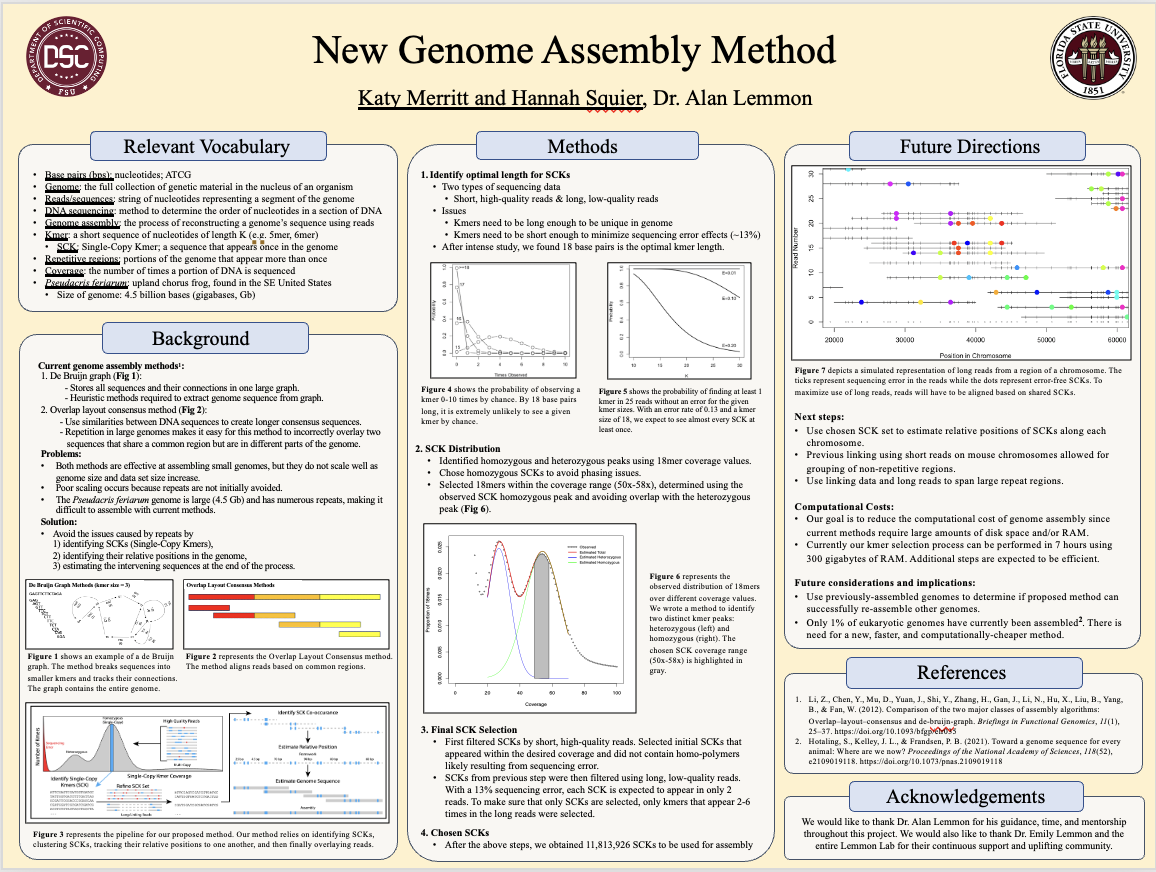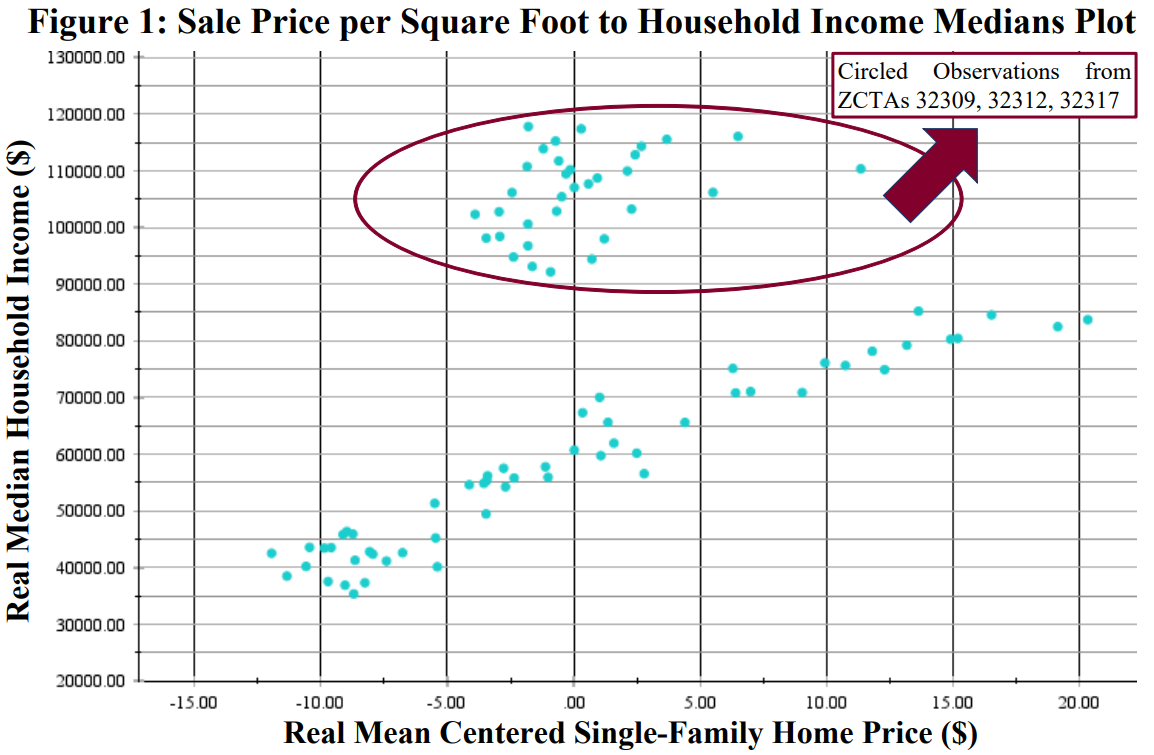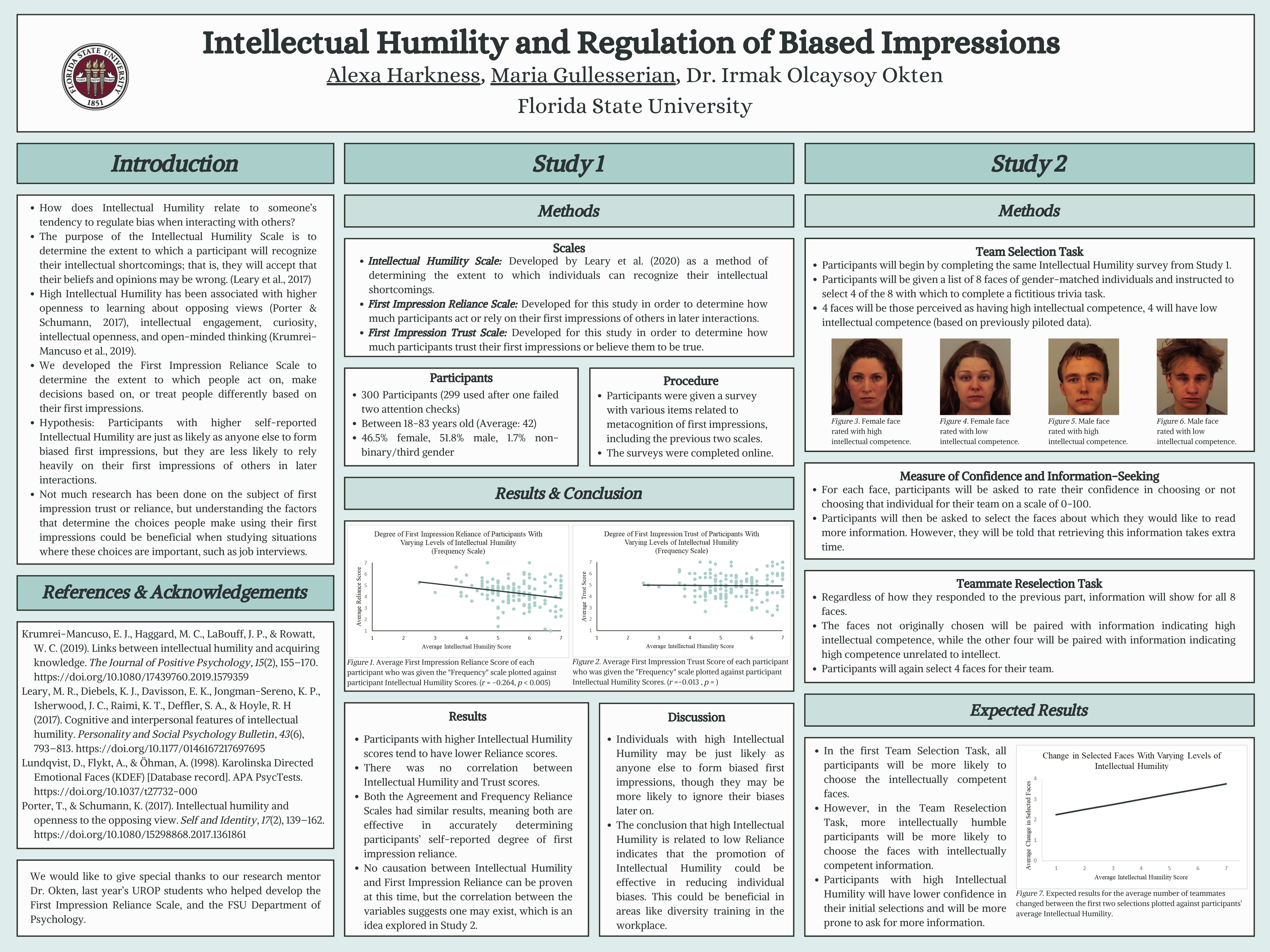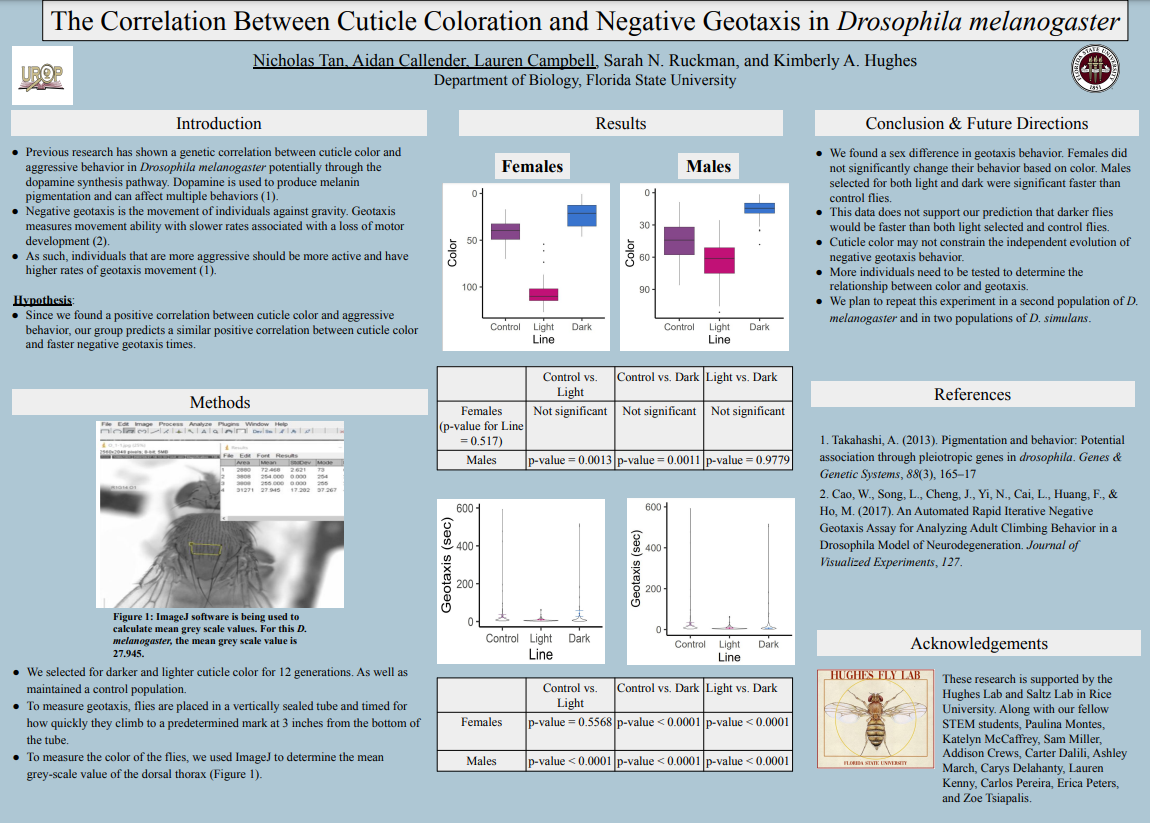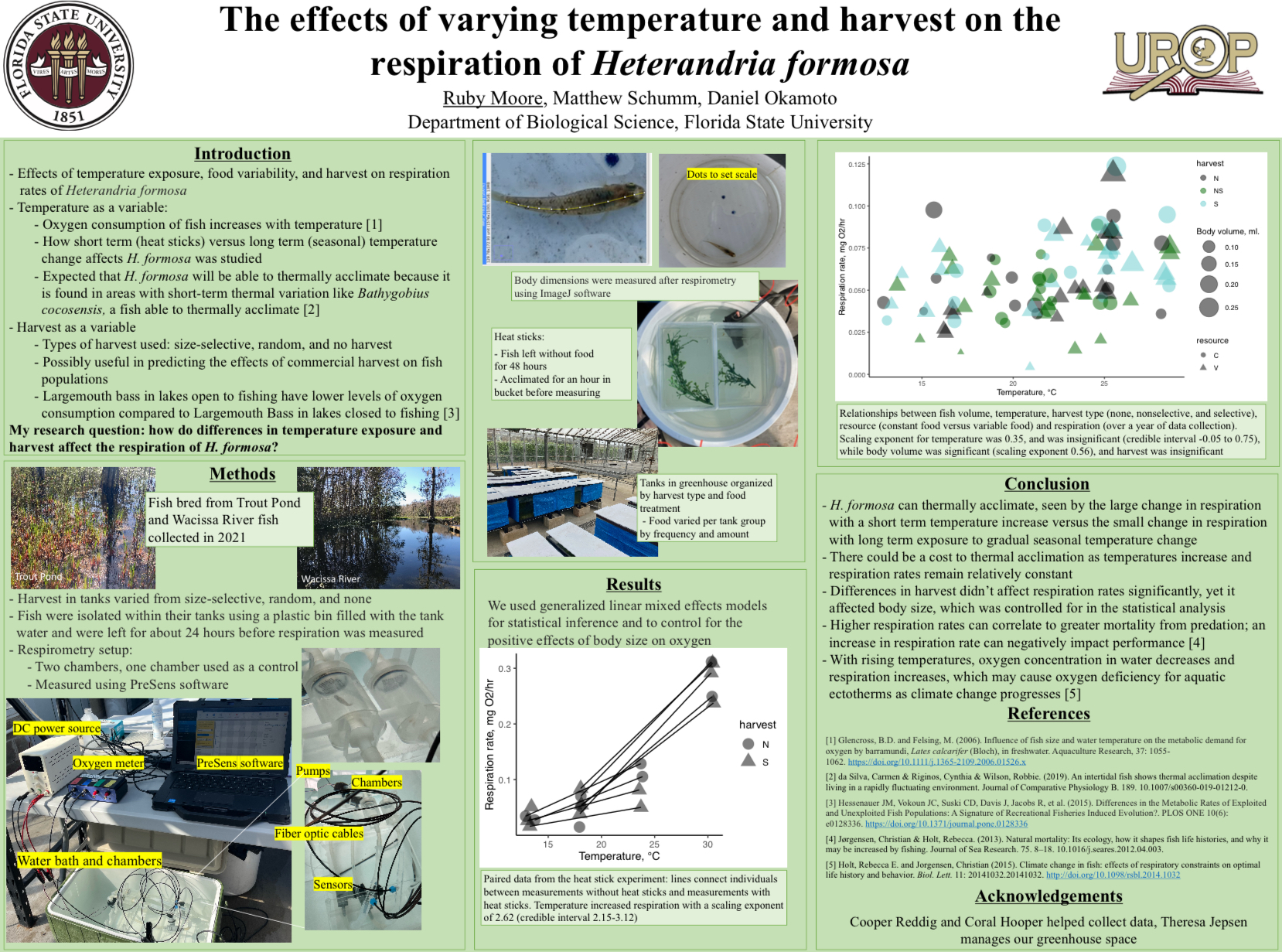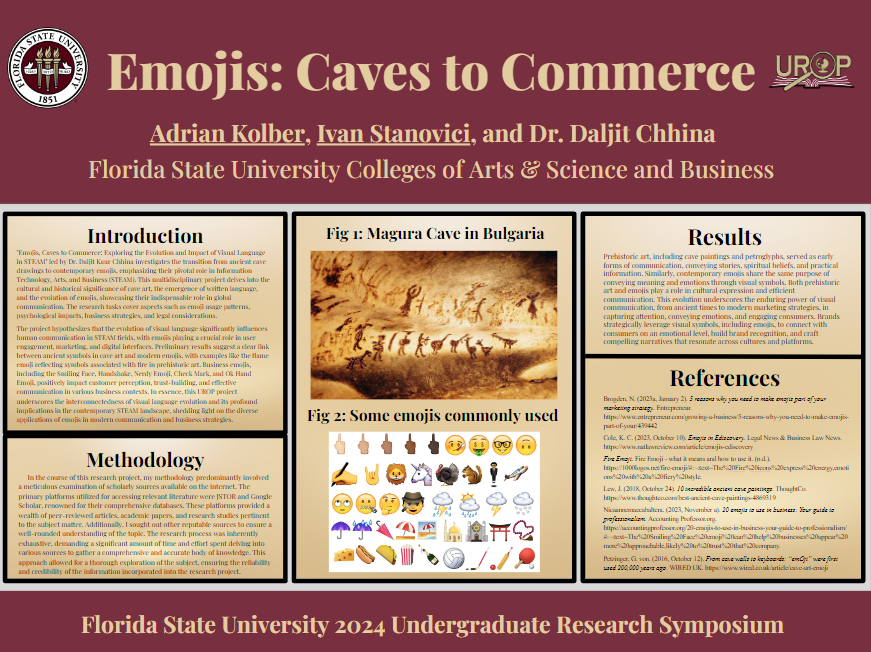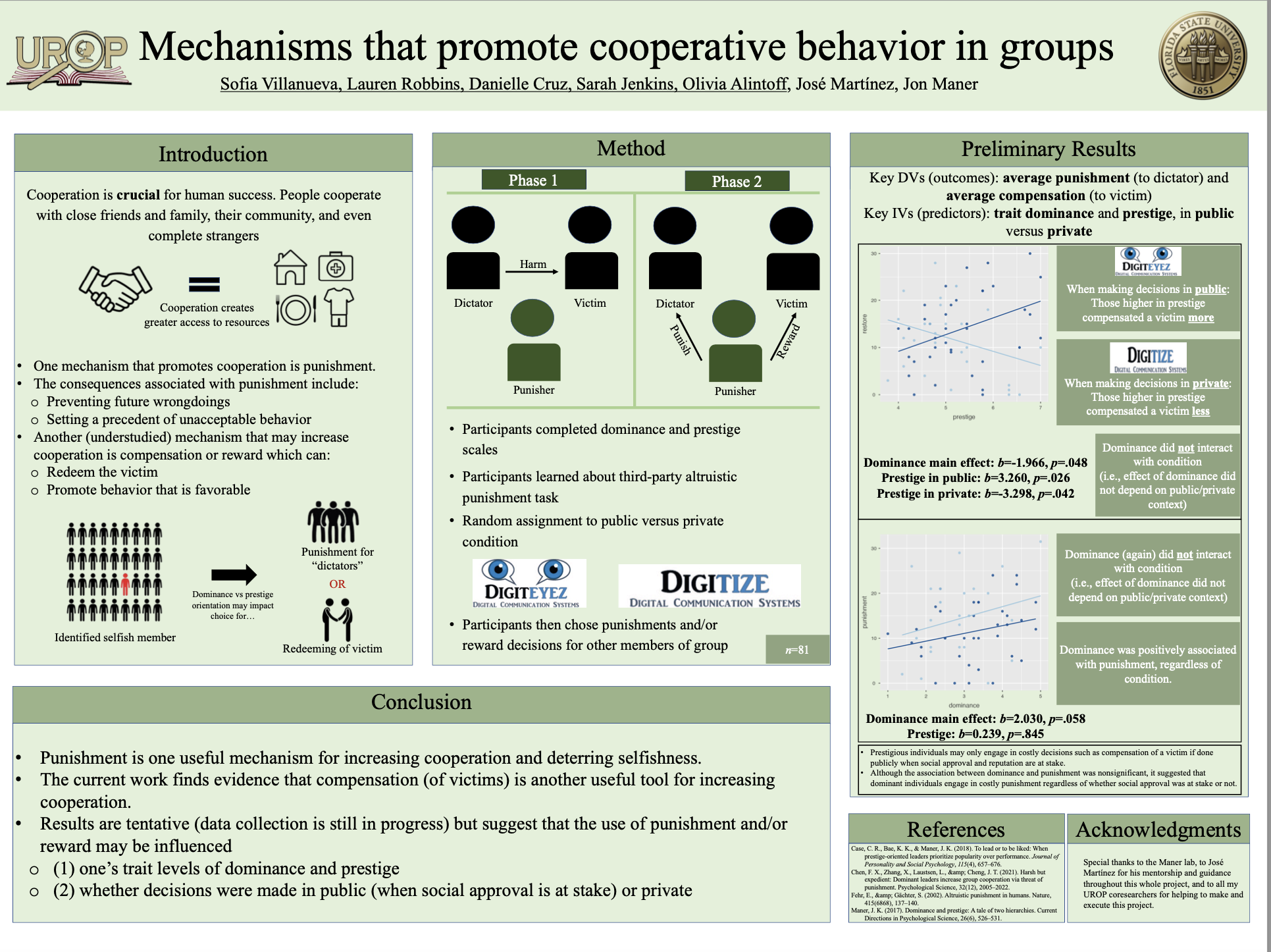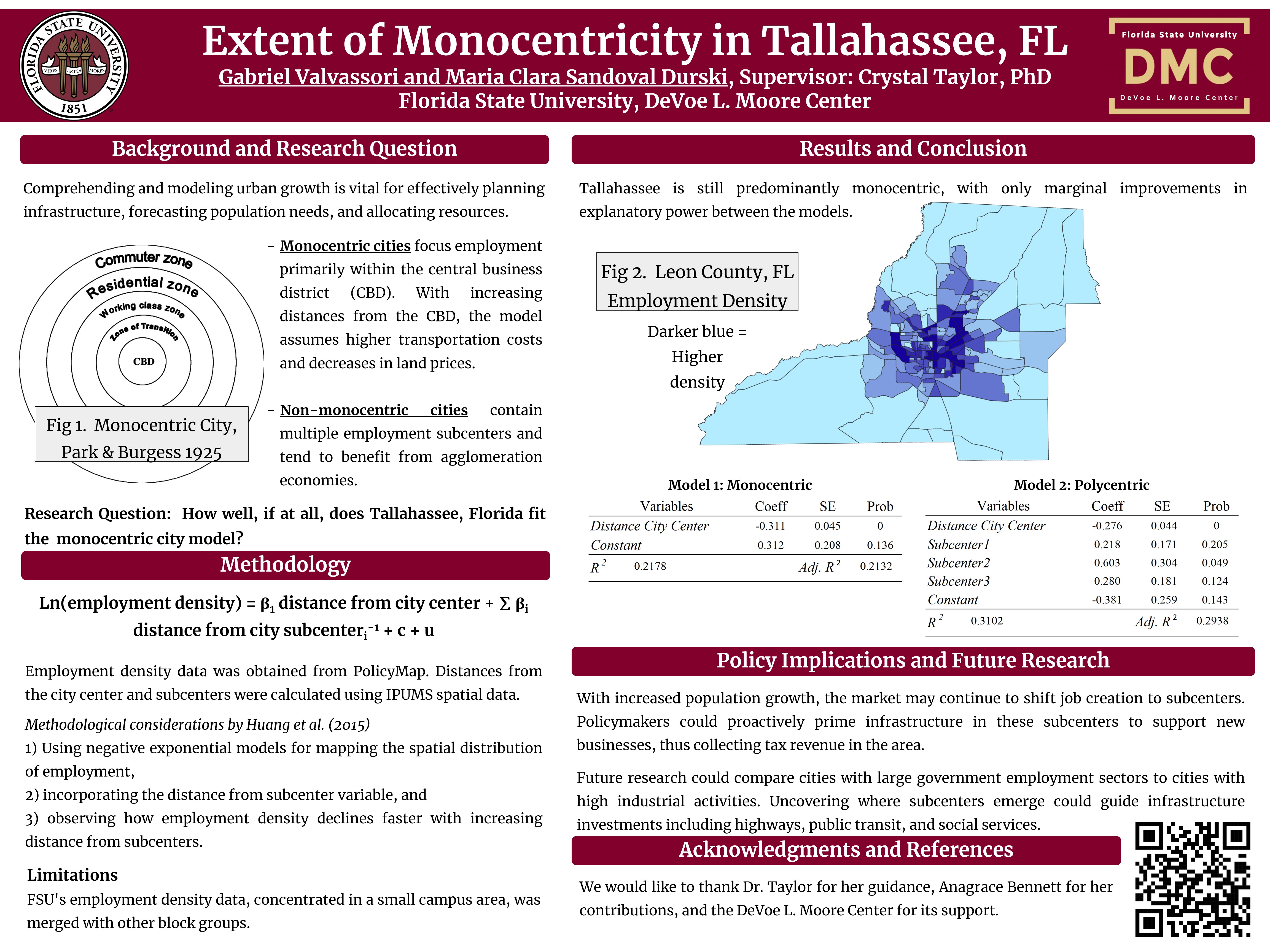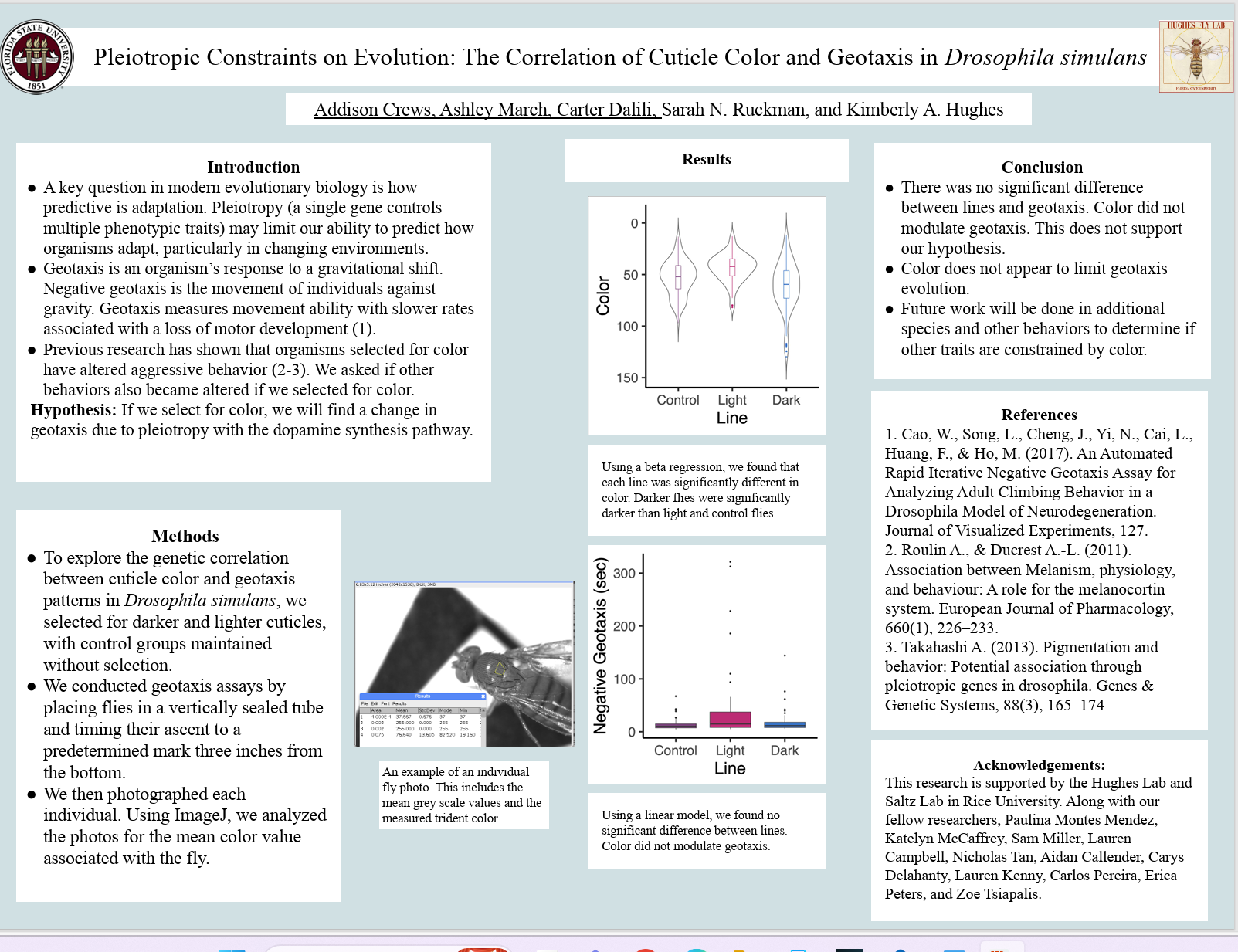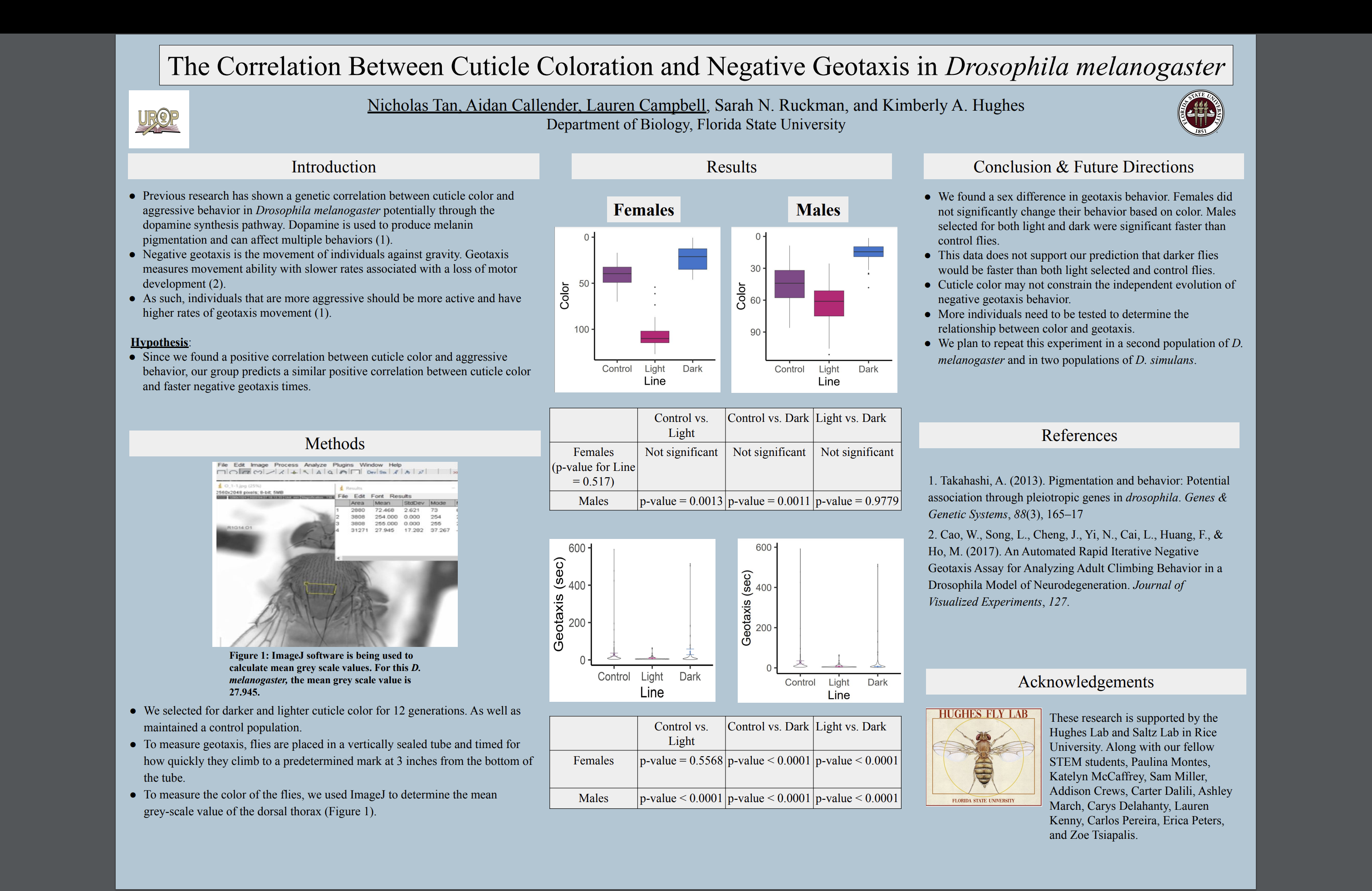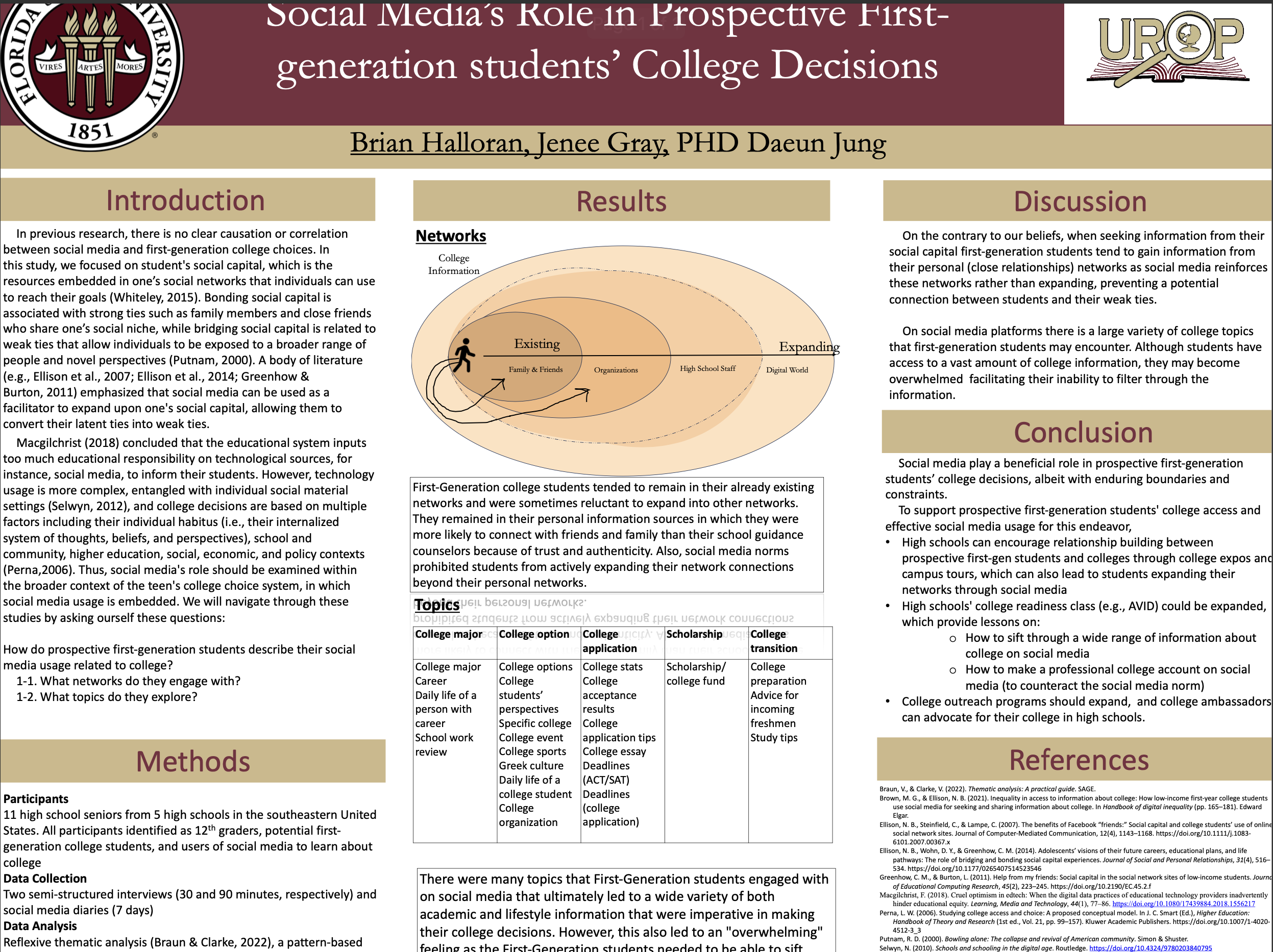Research Symposium
24th annual Undergraduate Research Symposium, April 3, 2024
Paulina Montes Mendez Poster Session 2: 10:45 am - 11:45 am/296
BIO
I was born in Mexico but moved to Naples, Fl when I was 2 years old. My parents wanted to provide me a better education and I feel as if I've fulfilled that dream so far. I aspire to get my PhD in a topic regarding genetics and have lucky been fortunate enough to have guidance from my mentor Sarah. Being a generation student hasn't been easy, but luckily I've made connections and friendships along the way that have led me to new goals and dreams.
Genetic correlations associated with body coloration, aggression, and activity levels in Drosophila melanogaster
Authors: Paulina Montes Mendez, Sarah RuckmanStudent Major: Biological science
Mentor: Sarah Ruckman
Mentor's Department: Biological Science Mentor's College: Florida State University Co-Presenters: Samuel Miller
Abstract
One long standing question in evolutionary biology is whether single genes that control multiple traits (pleiotropy) results in limitations on adaptive evolution. If it does, then our ability to predict adaptation (e.g., in the face of changing environments) is compromised. We are using a much-discussed correlation between body coloration and aggressive behavior as a system to address this question. Having found the predicted genetic correlation between cuticle color and aggressive behavior in Drosophila melanogaster using artificial selection (unpublished data), we then asked if any other behaviors co-evolved under selection on cuticle color. For example, the dopamine synthesis pathway is plausibly related to color, aggression, and other behaviors, such as activity level. We therefore measured activity level of flies (D. melanogaster) selected for darker and lighter cuticle color. Results suggest that activity level is higher in the dark-selected lines, suggesting that genetic correlations do constrain the independent evolution of cuticle color and behavior. The next step in this study to identify candidate genes underlying the correlation and test for pleiotropic effects using transgenic approaches.
Keywords: Drosophila Melanogaster, Aggression, behavior
24th annual Undergraduate Research Symposium, April 3, 2024
Charles Manuel Poster Session 2: 10:45 am - 11:45 am/398
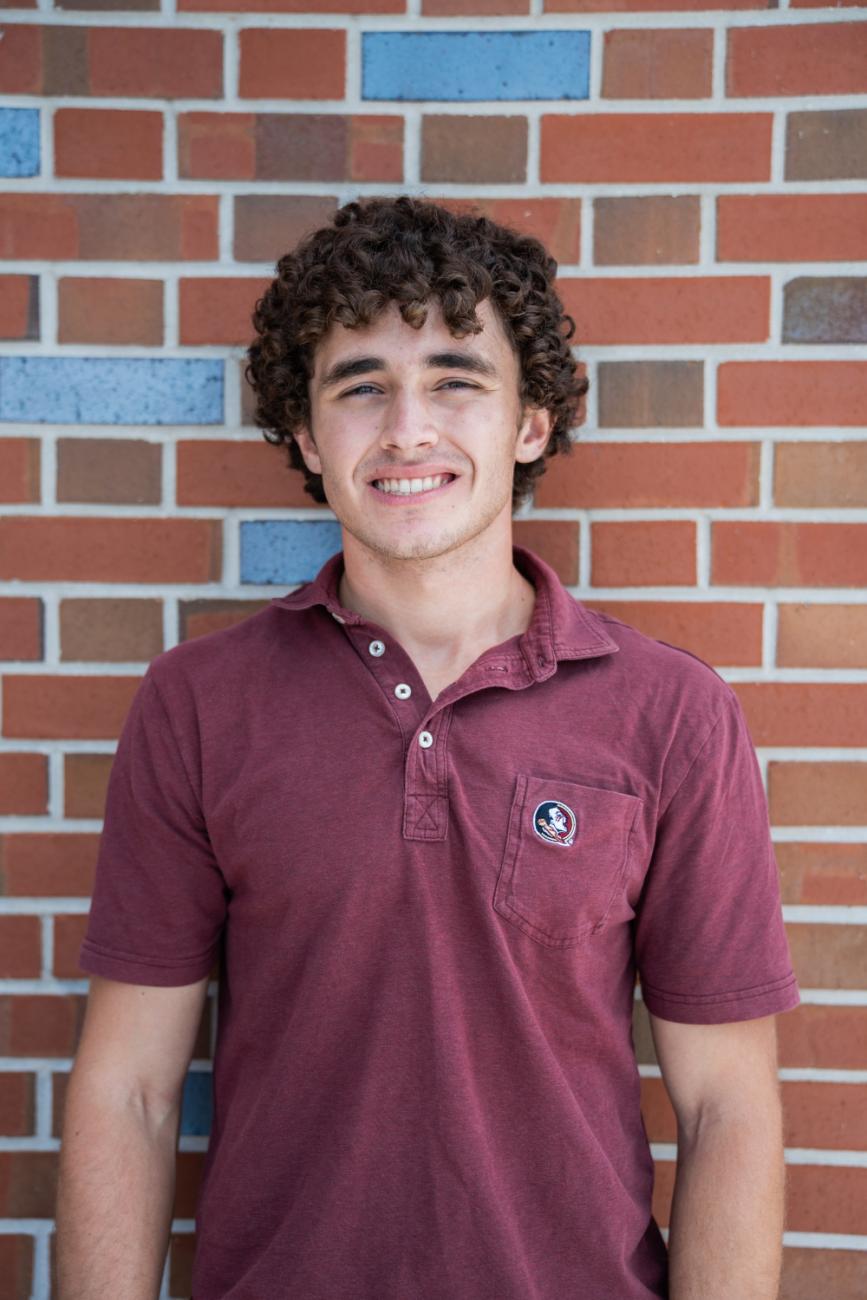
BIO
My name is Charles Manuel and I am from Saint Augustine, Florida. I currently am a freshman at Florida State University studying Biochemistry on a premed track. I am currently involved with the LA program, Presidential Scholars Program, and the Unconquered by Debt Program.
Dr. James Caine Bronaugh: The Controversial Aide to Andrew Jackson
Authors: Charles Manuel, Dr. Benjamin GunterStudent Major: Biochemistry
Mentor: Dr. Benjamin Gunter
Mentor's Department: Theater with a Mission Mentor's College: College of Theater Co-Presenters:
Abstract
In this poster, the life of Andrew Craine Bronaugh and his influence on Jackson will be analyzed. Quotations from the letters such as the use of words such as “we” to describe decisions of Jackson, exhibit the close-knit relationship between the two. Throughout Bronaugh’s career Andrew Jackson made some key steps to gaining political power across the country allowing him to grow his influence. Bronaugh, acting as Jackson’s aid had great influence on this growth through many controversial and aggressive tactics most notably the controversial arrest of the old Spanish governor José María Callava.
Keywords: Tallahassee, History, Jackson
24th annual Undergraduate Research Symposium, April 3, 2024
Cristina Dabrowski Poster Session 4: 2:45 pm - 3:45 pm /58
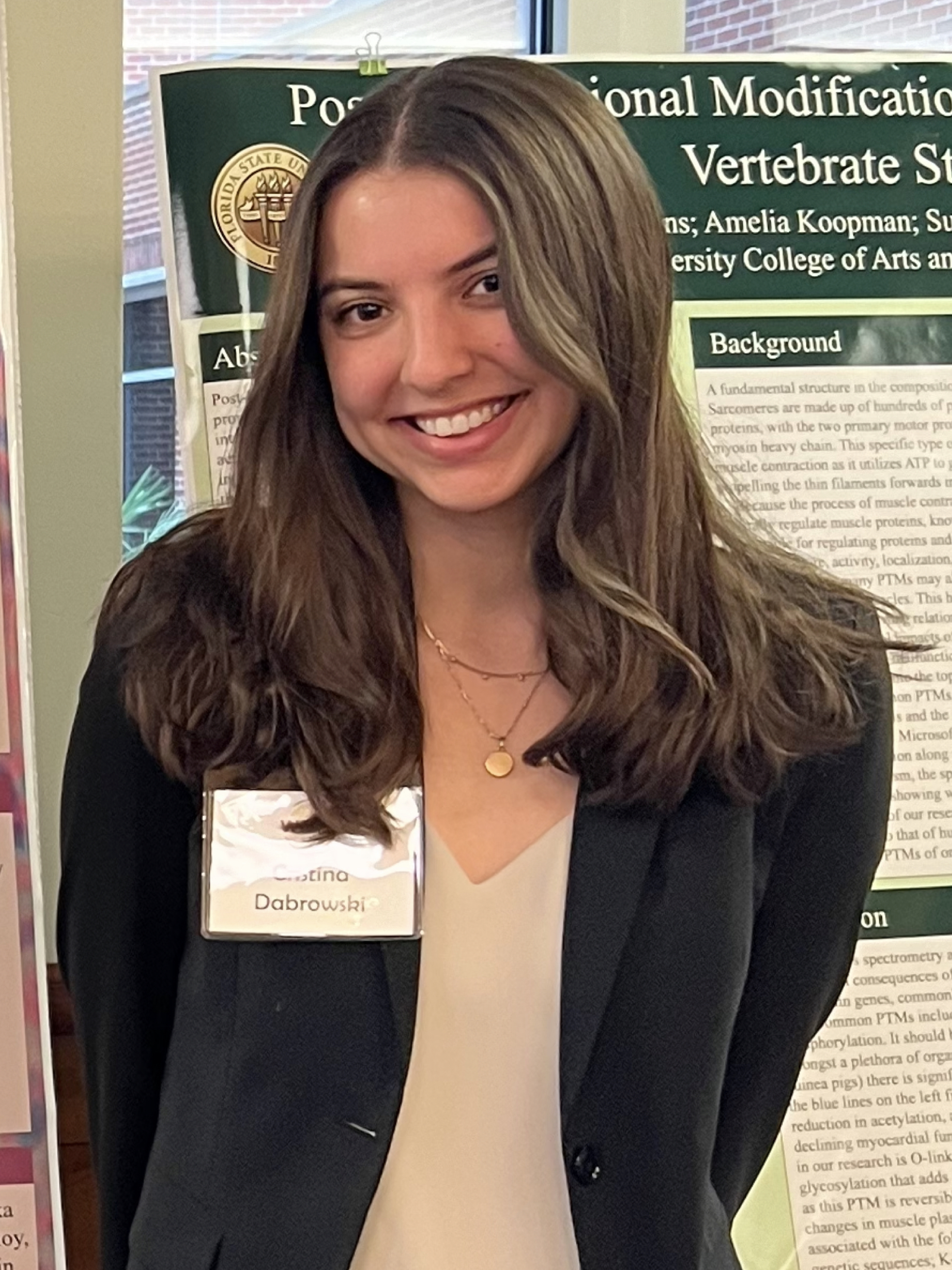
BIO
Cristina Dabrowski is a 4th year Biological Sciences and Music dual degree student from Tampa, Florida. She is currently conducting her Honor’s Thesis research in the Yin Lab at Florida State University. After graduation, she plans to pursue a career in academic medicine, conducting research in the field of immunology.
Characterization of Guanylate Binding Protein 2
Authors: Cristina Dabrowski, Dr. Qian YinStudent Major: Biological Sciences and Music
Mentor: Dr. Qian Yin
Mentor's Department: Department of Biological Sciences Mentor's College: College of Arts and Sciences Co-Presenters:
Abstract
While the adaptive immune response begins to effectively combat pathogens several days after first infection, the pathways that comprise the innate immune response allow the host organism to immediately begin neutralizing foreign bodies. Guanylate Binding Protein 2 (GBP2) is a GTPase protein involved with such pathways, contributing specifically to cell-autonomous innate immunity. This project investigates the potential impact of amino acid residues outside of the protein’s active site on substrate binding, in order to better understand the specific mechanisms and regulatory methods through which GBP2 contributes to innate immunity. Specifically, the G domain of wild-type GBP2 (GBP2 GD) was purified along with proteins containing mutations in the 205th and 225th amino acid positions to observe the impact of these residues on overall enzymatic activity. This was accomplished by transforming competent E. coli cells, inducing protein expression, lysing the cells, and then using affinity purification ion-exchange and size-exclusion chromatography to isolate the purified proteins. These protein samples were then introduced to a buffer solution containing guanosine triphosphate (GTP). Activation levels were then measured by performing a Malachite Green assay to determine the amount of GTP hydrolyzed at each time point (10-minute intervals for 60 minutes). Enzymatic activity was reduced in all mutants and was eliminated in GBP2 samples containing the R225E and K205E/R225E mutations. This implies that the residues in the 205th and 225th positions demonstrate the ability to affect overall enzymatic function despite their lack of proximity to the protein’s active site.
Keywords: protein, immunology, molecular biology
24th annual Undergraduate Research Symposium, April 3, 2024
Marin Savage-Paik Poster Session 4: 2:45 pm - 3:45 pm/300

BIO
My name is Marin and I am a junior from Hollywood, FL. I am passionate about helping underserved communities and learning how to bridge the gap among racial disparities specifically within healthcare systems. I am the former Diversity, Equity, and Inclusion director of my sorority, Sigma Delta Tau, serving from 2022-2023 and a member of MAPS (Minority Association of Pre-health Students).
Preliminary Evaluation of the African American Alzheimer's Caregiver Training and Support Project 2 (ACTS2) Facebook Live Workshop Series: A Mixed Methods Analys
Authors: Marin Savage-Paik, Dr. Robert GlueckaufStudent Major: Biology pre-med
Mentor: Dr. Robert Glueckauf
Mentor's Department: Dept. of Behavioral Sciences & Social Medicine Mentor's College: College of Medicine Co-Presenters: Jayson Bakshi and Amar Patel
Abstract
The African-American Alzheimer’s Caregiver Training and Support Project 2 (ACTS2) is a faith-integrated, skills-training and support program for Black family caregivers of persons living with dementia in Florida. In response to the COVID-19 pandemic, ACTS2 initiated a bi-monthly Facebook Live Workshop series, offering practical information and resources for Black communities on dementia caregiving topics. Using mixed assessment methods, we evaluated viewer reach, engagement, and satisfaction with the workshop series. We used quantitative (e.g., online pre-registrations) and qualitative data (e.g., online evaluation surveys) to evaluate viewer reach, engagement, and satisfaction with 22 ACTS2 workshops, delivered from May 2020 to August 2023. The series reached a total of 1,193 individuals who pre-registered and at least 1,032 individuals who attended virtual workshops in live time. To date, the series reached at least 9,697 Facebook and 274 YouTube user views. Thematic analysis of attendee engagement revealed three themes: (1) requesting additional information and community resources; (2) attendees disclosing caregiving experiences; and (3) gratitude towards workshop presentations. From the pool of pre-registrants, 98 completed evaluation surveys. Most survey completers reported workshops were “extremely informative” or “very informative” (92.9%) and rated overall quality of workshops as “excellent” or “good” (90.8%). Three themes emerged from survey data: (1) gratitude for workshop presenters’ testimonies; (2) satisfaction with ACTS2 community resources; and (3) centering Black dementia caregiver experiences. Initial findings suggested that the ACTS2 Facebook Live Workshop series was successful in engaging community members across Florida while serving as a useful tool in providing information for Black dementia caregivers.
Keywords: ACTS2
24th annual Undergraduate Research Symposium, April 3, 2024
Sophie Rosengarten Poster Session 1: 9:30 am - 10:30 am /18

BIO
Sophie is a fourth-year undergraduate student whose research interests lie in marine ecology. Her fascination with animal behavior was first sparked during an aquarist internship with the Clearwater Marine Aquarium, and her curiosity has since morphed into an interest in understanding how animals interact with their environments in the form of conducting research. From feeding and training sea turtles in an aquarium, to scientific diving with FSU's Academic Diving Program, to catching and tagging wild sea turtles in all kinds of weather, Sophie has been involved with many aspects of marine research and conservation during her time at FSU. She aims to continue to work in this field after she graduates this May, and is excited for what's to come.
Capture and Handling Causes Short-Term Effects on the Movement and Behavior of Loggerhead Sea Turtles (Caretta caretta)
Authors: Sophie Rosengarten, Dr. Mariana FuentesStudent Major: Environmental Science and Geography
Mentor: Dr. Mariana Fuentes
Mentor's Department: EOAS Mentor's College: Arts and Sciences Co-Presenters: Coral Hooper
Abstract
Wildlife capture and handling is often necessary to achieve research goals but can negatively affect animal physiology and behavior. Understanding the implications of these effects for endangered species is critical to inform handling protocols and for accurate data interpretation. Sea turtles are charismatic, threatened species. As such, sea turtle research is conducted globally to collect biological and ecological data. Sea turtles do not lend themselves well to observational work, often requiring capture and handling. Capture and handling are known to increase corticosterone levels and cause changes in sea turtle blood chemistry. In contrast, we know relatively little about how they affect sea turtle behavior post-release. To address this question, we deployed specialized CATS (Customized Animal Tracking Solutions) cameras on 15 loggerhead sea turtles (Caretta caretta) to investigate fine-scale movement and behavior for 24-hrs post-release. Our CATS cameras record HD video of sea turtle behavior and contain several sensors that allow for analysis of fine-scale movement and diving. We annotated videos from each deployment to quantify behavior (e.g., swimming, foraging, resting) in the behavioral analysis software BORIS, and analyzed changes in these behaviors in R. These analyses were paired with analyses of movement and dive data to better understand the short-term effects of capture and handling on sea turtles. Our preliminary data suggest that turtles swim more often, dive more frequently and for longer, and rest/forage less often immediately following release, resulting in increased energy expenditure. These effects diminished quickly, and our findings suggested normal behavior resumed after approximately 160 minutes.
Keywords: sea turtle, animal behavior, turtle camera
24th annual Undergraduate Research Symposium, April 3, 2024
Kathryn Merritt Poster Session 1: 9:30 am - 10:30 am /127

BIO
I am currently involved in research working to try a new way to assemble a genome as well as research for the applications of machine learning in data assimilation. After finishing my undergraduate degree, I want to obtain a PhD in computational biology focusing on genetics. I am really interested in the future applications of genetics in medicine.
New Genome Assembly Method
Authors: Kathryn Merritt, Alan LemmonStudent Major: Computational Biology/Statistics
Mentor: Alan Lemmon
Mentor's Department: Scientific Computing Mentor's College: Arts and Sciences Co-Presenters: Hannah Squier
Abstract
Current methods of genome assembly do not differentiate between the different regions of the genome (i.e., satellite regions, multi-copy regions, gene-rich regions, etc.). Instead, all regions are treated as equally helpful and informative. While this approach is sufficient for smaller genomes, assemblies for larger genomes face difficulties as it is difficult to distinguish the highly repetitive regions of the genome from one another. Our approach focuses on using single copy regions of the genome as anchor points, which allow for relative position information to be obtained and the other regions of the genome to be overlaid on the single copy regions towards the end of the assembly.
Keywords: Genome, Computation, Assembly
24th annual Undergraduate Research Symposium, April 3, 2024
Adrian Velazquez-Lassalle Poster Session 1: 9:30 am - 10:30 am /99
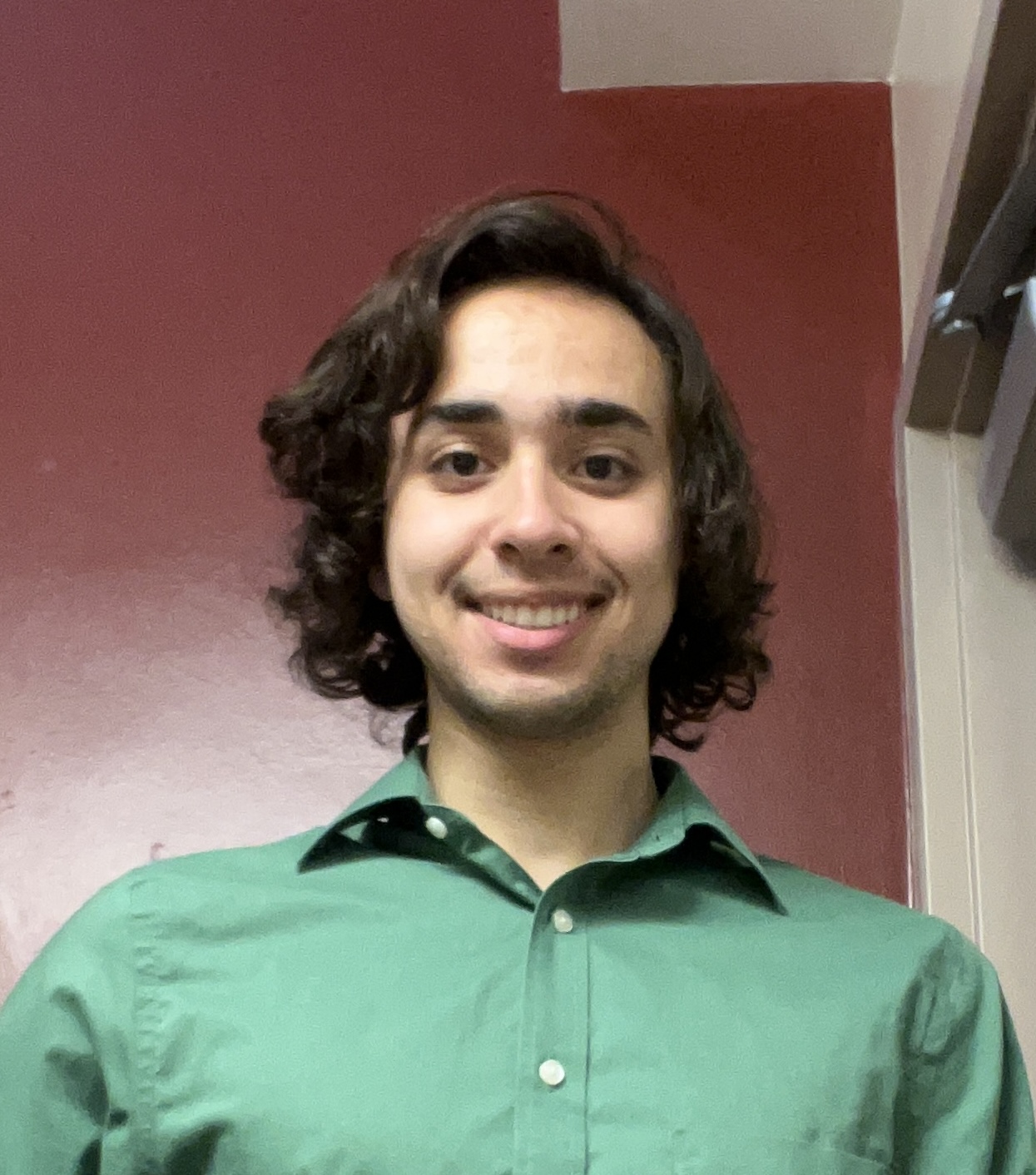
BIO
Hi there! My name is Adrian Velazquez, and I am currently a senior undergraduate student in the economics program at FSU. I am from the beachy paradise many call Panama City Beach, Florida. I enjoy hip hop dancing, bicycling, and walking as hobbies. In the career world, I hope to be engaged in policy work, data analytics, and project work in helping to improve the environment and standard of living.
Housing affordability in Leon County, Florida.
Authors: Adrian Velazquez-Lassalle, Crystal Taylor, PhDStudent Major: Economics
Mentor: Crystal Taylor, PhD
Mentor's Department: Department of Economics Mentor's College: College of Social Sciences and Public Policy Co-Presenters: NA
Abstract
Housing prices are surging in Tallahassee, Florida. In the past decade, median housing prices nearly doubled. However, the increase in family incomes lags behind increases in housing costs. Research suggests that with rising incomes, the percentage of income spent on housing decreases. Therefore, we ask the following: In what ways do changes in income, if at all, impact housing consumption? This research runs a cross-sectional regression using eighty-eight Zip Code Tabulation Areas (ZCTA) and year observations containing median sale data in Leon County, from 2011 to 2021. Each sale price median was developed from tens to hundreds of single-family house prices in a given ZCTA and year. Preliminary results reveal that as income increases, the proportion of money spent on buying single-family houses does not decrease continuously in terms of square footage. The highest-income areas of Leon County experience greater economies of scale in their housing purchases relative to the county-wide trend. Policymakers should therefore avoid the creation of an affordability index using a consistency assumption from Engel curves for housing. Instead, policymakers should use procedures that repeatedly evaluate affordability, such as the Housing Price Index and the Case Shiller Index. Policy efforts should aim to tax unimproved land, improve permitting timelines, loosen and streamline zoning restrictions, and simplify the process of building housing (Foldvary et al. 2017). Future research should investigate rental datasets that include both the rent and square footage of rental properties to investigate if a consistent proportionality pattern exists in the rental market.
Keywords: housing affordability Leon County home
24th annual Undergraduate Research Symposium, April 3, 2024
Alexa Harkness Poster Session 3: 1:30 pm - 2:30 pm /303

BIO
I am a second year Honors student studying Biological Sciences. I am currently working on research regarding first impressions and bias regulation.
Intellectual Humility and Regulation of Biased Impressions
Authors: Alexa Harkness, Dr. Irmak Olcaysoy OktenStudent Major: Biological Science
Mentor: Dr. Irmak Olcaysoy Okten
Mentor's Department: Psychology Mentor's College: Psychology Co-Presenters: Maria Gullesserian
Abstract
Intellectual Humility (IH) refers to one’s ability to recognize their intellectual shortcomings and become open to new perspectives. We examine the relationship between disregarding initial biases and IH when making decisions about others– especially when new information is offered. Study 1 included an online survey with self-reported measures of IH scales of trusting and relying on first impressions during interpersonal interactions. IH did not relate to trusting first impressions, suggesting that people may hold biases of first impressions regardless of their IH. However, high IH related to less reliance on first impressions; participants high in IH were less likely to report using their first impressions when making later decisions about others. Study 2 aims to replicate Study 1 with behavioral measures. Participants will review headshots and choose potential team members for a trivia task, including competent-looking and incompetent-looking faces as determined by our pilot study. We predict that participants with high IH will be just as likely as others to select competent-looking faces as team members, indicating initial face bias. To examine participants’ reliance on potentially biased first impressions, we will allow them to reselect their team upon new information regarding competence of all options which will be incongruent with their initial selection based on limited knowledge. We predict that IH will relate to a higher tendency to revise initial selections based on new information regarding team members’ competence. Our studies will shed light on day-to-day implications of intellectual humility in terms of bias regulation in critical contexts like hiring.
Keywords: Psychology, Impressions, Intellectual Humility
24th annual Undergraduate Research Symposium, April 3, 2024
Lauren Campbell Poster Session 2: 10:45 am - 11:45 am/330

BIO
I am a current third-year biological science student from Orlando, Fl. Since coming to Florida State, I have gained a passion for laboratory work and research and hope to further this passion at the graduate level in molecular biology or another related field. I am currently involved in research with behavioral genetics using D. melanogaster as a model system and hope to further my understanding of the subject in my last year at Florida State.
The Correlation Between Cuticle Coloration and Negative Geotaxis in Drosophila melanogaster
Authors: Lauren Campbell, Kimberly HughesStudent Major: Biological Science
Mentor: Kimberly Hughes
Mentor's Department: Biological Science Mentor's College: Arts and Sciences Co-Presenters: Nicholas Tan, Aidan Callender
Abstract
One long standing question in evolutionary biology is whether single genes that control multiple traits (pleiotropy) results in limitations on adaptive evolution. If it does, then our ability to predict adaptation (e.g., in the face of changing environments) is compromised. We are using a much-discussed correlation between body coloration and aggressive behavior as a system to address this question. Having found the predicted genetic correlation between cuticle color and aggressive behavior in Drosophila melanogaster using artificial selection (unpublished data), we then asked if any other behaviors co-evolved under selection on cuticle color. For example, the dopamine synthesis pathway is plausibly related to color, aggression, and other behaviors, such as geotaxis level. Negative geotaxis is the movement of individuals against gravity. This is a measure for general activity and motor development. Efficiency of geotaxis has been used to measure movement ability, with a slower rate of geotaxis associated with a loss of motor development and neurodegeneration. We therefore measured geotaxis ability of flies (D. melanogaster) selected for darker and lighter cuticle color. To measure geotaxis, flies are placed in a vertically sealed tube and timed for how quickly they climb to a predetermined mark at 3 inches from the bottom of the tube. Results suggest that time to climb to the top of the tube is faster in the dark-selected lines, suggesting that genetic correlations do constrain the independent evolution of cuticle color and behavior.
Keywords: Genetics, Evolution, Pleiotropy
24th annual Undergraduate Research Symposium, April 3, 2024
Ruby Moore Poster Session 1: 9:30 am - 10:30 am /151
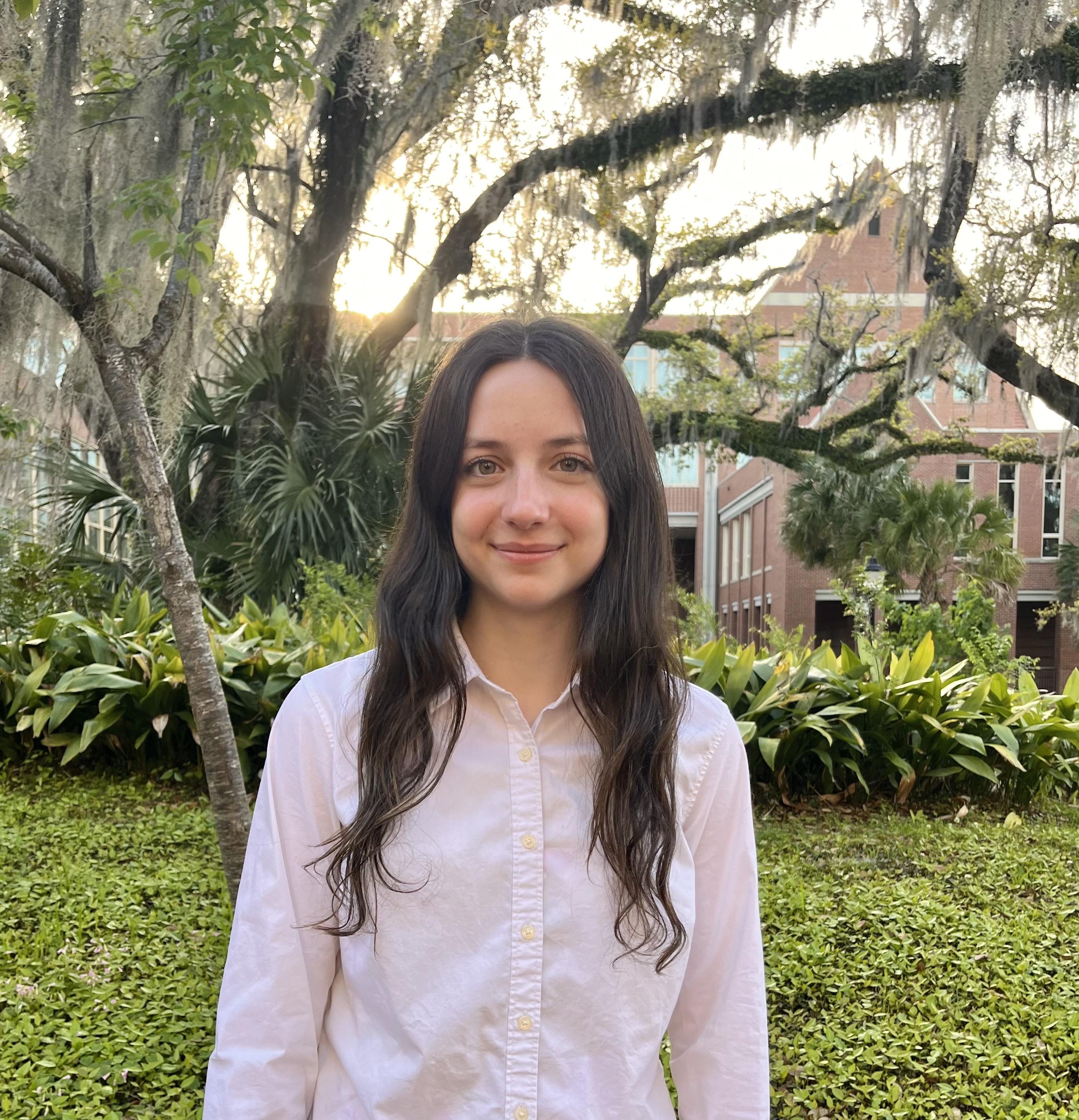
BIO
My name is Ruby Moore, and I’m a sophomore at Florida State University. I’ve had some research experience in my time here, including the Undergraduate Research Opportunity Program. My research interests are evolution and ecology, and I hope to conduct more research in these areas as my education continues.
The effects of varying temperature and harvest on the respiration of Heterandria formosa
Authors: Ruby Moore, Matthew SchummStudent Major: Biology
Mentor: Matthew Schumm
Mentor's Department: Biology Mentor's College: College of Arts and Sciences Co-Presenters:
Abstract
Studying how differences in temperature, food variability, and harvest affect a population can help to understand how issues such as climate change and commercial harvesting create trait change in a population. Insight into such changes, or lack thereof, can help maintain resource availability and aid conservation efforts. The purpose of this research was to determine if there is a significant change in the respiration rates of individuals in a population of Heterandria formosa with changes in temperature, food variability, and harvest. Two genetically different wild populations of H. formosa were collected, bred together, and split into tanks in a greenhouse. Size-selective, random, and no harvest treatments were applied. Food was variable or constant. Tank temperatures were measured during the transition from winter to spring. Individual responses to short-term elevated heat exposure were measured using heat sticks on a smaller sample of fish in different enclosures. The respiration rates of individual fish were measured with a respiration chamber. We found that there were larger changes in respiration rates with short-term heat exposure compared to a gradual seasonal increase in temperature. This means that H. formosa can thermally acclimate. Thermal acclimation may come with increasing costs to the fitness in acclimating organisms as temperatures rise. Food treatments had no significant effect on respiration. When accounting for body size in statistical analysis, harvest didn’t have a significant effect. This implies that respiration rate changes don't play large roles in responses to large density fluctuations caused by human harvest in real-world human-harvested fish populations.
Keywords: Temperature, harvest, fish, Heterandria, respiration
24th annual Undergraduate Research Symposium, April 3, 2024
Ivan Stanovici Poster Session 3: 1:30 pm - 2:30 pm /381
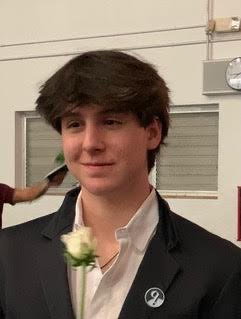
BIO
Hello everyone! My name is Ivan Stanovici, and I'm thrilled to introduce myself as a freshman at Florida State University, where I'm pursuing a degree in Finance. While I was born and raised in France, my journey led me to Miami for middle and high school, where I've grown to love the vibrant coastal lifestyle. My passions revolve predominantly around the marine world, encompassing activities like sailing and scuba diving. Additionally, I'm deeply committed to environmental preservation, regularly participating in park and beach cleanups to contribute to the well-being of our planet. I'm excited to connect with like-minded individuals and explore opportunities to make a positive impact in both the financial realm and the environment.
Emojis: Caves to Commerce
Authors: Ivan Stanovici, Dr. Daljit ChhinaStudent Major: Finance
Mentor: Dr. Daljit Chhina
Mentor's Department: Dirac Science Library FSU Mentor's College: Communication and Information Co-Presenters: Adrian Kolber
Abstract
"Emojis, Caves to Commerce: Exploring the Evolution and Impact of Visual Language in STEAM" led by Dr. Daljit Kaur Chhina investigates the transition from ancient cave drawings to contemporary emojis, emphasizing their pivotal role in Information Technology, Arts, and Business (STEAM). This multidisciplinary project delves into the cultural and historical significance of cave art, the emergence of written language, and the evolution of emojis, showcasing their indispensable role in global communication. The research tasks cover aspects such as emoji usage patterns, psychological impacts, business strategies, and legal considerations.
The project hypothesizes that the evolution of visual language significantly influences human communication in STEAM fields, with emojis playing a crucial role in user engagement, marketing, and digital interfaces. Preliminary results suggest a clear link between ancient symbols in cave art and modern emojis, with examples like the flame emoji reflecting symbols associated with fire in prehistoric art. Business emojis, including the Smiling Face, Handshake, Nerdy Emoji, Check Mark, and Ok Hand Emoji, positively impact customer perception, trust-building, and effective communication in various business contexts. In essence, this UROP project underscores the interconnectedness of visual language evolution and its profound implications in the contemporary STEAM landscape, shedding light on the diverse applications of emojis in modern communication and business strategies.
Keywords: emojis, business, pre-historic graphics, commerce, communication
24th annual Undergraduate Research Symposium, April 3, 2024
Lauren Robbins Poster Session 2: 10:45 am - 11:45 am/96

BIO
My name is Lauren Robbins and I am a sophomore at Florida State University majoring in psychology. After undergraduate school, I plan on going to graduate school and working towards a degree with a focus in either Social or Clinical psychology programs.
Mechanisms that promote cooperative behavior in groups.
Authors: Lauren Robbins, Jose MartinezStudent Major: Psychology
Mentor: Jose Martinez
Mentor's Department: Social Psychology Mentor's College: Florida State University Co-Presenters: Sofia Villanueva
Abstract
Cooperation is crucial for human success. People cooperate with close friends and family, their community, and even complete strangers. One mechanism that promotes cooperation is punishment. The consequences associated with punishment include: preventing future wrongdoings, or setting a precedent of unacceptable behavior. Another (understudied) mechanism that may increase cooperation is compensation or reward which can redeem the victim or promote behavior that is favorable. With this in mind, we focused on dominance and prestige oriented traits throughout our study to learn about how cooperation is promoted in group settings.
Keywords: Cooperation, dominance, prestige
24th annual Undergraduate Research Symposium, April 3, 2024
Maria Clara Sandoval Durski Poster Session 2: 10:45 am - 11:45 am/374

BIO
Maria Sandoval is a sophomore at the College of Social Sciences and Public Policy, studying International Affairs and Economics. She grew up in Brazil and moved to Orlando in 2019. Since then, Maria's interest in the topics of migration and displacement only grew and are now areas of focus in her studies. She is interested in how those topics connect with economic policy and development and U.S. foreign policy.
Extent of Monocentricity In Tallahassee, Florida
Authors: Maria Clara Sandoval Durski, Dr. Crystal TaylorStudent Major: International Affairs and Economics
Mentor: Dr. Crystal Taylor
Mentor's Department: Economics Mentor's College: College of Social Sciences and Public Policy Co-Presenters: Gabriel Valvassori
Abstract
Understanding city growth and development is crucial for planning infrastructure expansion, predicting place-based population needs, and allocating resources efficiently. The monocentric model assumes concentrated employment in the Central Business District (CBD), rising transportation costs with increasing distance from the CBD, and decreasing land prices with increasing distance from the CBD. Non-monocentric cities typically reap more benefits from agglomeration economies than monocentric cities. The researchers ask the following research question: How well, if at all, does the city of Tallahassee, FL fit the standard monocentric model?
Using 2021 IPUMS maps and data from PolicyMap, researchers conducted two regression analyses (one monocentric model and another non-monocentric model), inspired by researchers analyzing Beijing, China. The dependent variable for both models is employment density. The independent variable in the monocentric model is distance from the city center. For a non-monocentric model, the independent variables are distance from the city center, and the distance from the subcenter. This represents how non-monocentric models have different job concentration centers.
Preliminary results show that Tallahassee remains largely monocentric, with only marginal improvement in explanatory power between monocentric and non-monocentric models. Usually, cities begin as monocentric, becoming non-monocentric as they grow. However, Tallahassee is the capital of Florida and a significant portion of employment is centered on government activities. The government's resistance to market forces may explain Tallahassee’s continued monocentrism, despite non-monocentrism being more effective with agglomeration economies boosting wages, efficiency, and reducing production costs due to lower transportation expenses.
Keywords: Employment, Development, Tallahassee, Monocentric, Planning
24th annual Undergraduate Research Symposium, April 3, 2024
Joseph Pintimalli Poster Session 1: 9:30 am - 10:30 am /289

BIO
Computer science student originally from Philadelphia PA. Working on PCB electronics design for FSU's CMS group in the Undergraduate Research Opportunity Program.
Electronics design in contribution to CMS's HGCAL upgrade
Authors: Joseph Pintimalli, Dr. Ted KolbergStudent Major: Computer Science
Mentor: Dr. Ted Kolberg
Mentor's Department: Physics Mentor's College: College of Arts and Sciences Co-Presenters:
Abstract
This project aims to enhance CERN's Large Hadron Collider (LHC) by designing and constructing an adapter board using computer-aided design (CAD) for the Compact Muon Solenoid (CMS) High Granularity Calorimeter (HGCAL) upgrade. The HGCAL, crucial for precise event reconstruction and particle identification, requires integration with motherboards to process and send data that comes from the individual cells of the calorimeter. To validate these motherboards, simulated calorimeter cell output is needed from an evaluation board. The adapter board, designed for this project using CAD, facilitates this integration by translating electrical connections from the evaluation board to the motherboard, enabling simulation of physics events. Through development using KiCAD PCB design software, the reliability and efficiency of the motherboard hardware is validated before implementation in the experimental setup, helping to ensure the success of the CMS HGCAL upgrade.
Keywords: CMS Physics CAD Electronics
24th annual Undergraduate Research Symposium, April 3, 2024
Damian Lopez Poster Session 2: 10:45 am - 11:45 am/272

BIO
Damian A. Lopez Dumois, a native Puerto Rican, is a dedicated engineering student completing his bachelor's degree at Florida State University. Being drawn towards the innovative field of biomedical engineering, he is actively seeking new ways of improving these fields that actively help the health and longevity of humanity. Proven by his surfing hobby and choice of studying abroad, he is not afraid of the unknown and the imposing; instead, he faces it head-on. As such, he is actively conducting cutting-edge cancer research at the National High Magnetic Field Laboratory in Tallahassee, Florida, where he is poised to impact the future of pre-clinical cancer studies.
Utilization of 3D Pancreatic Cancer Cell Lines for Analyzing and Evaluating Anticancer Drug Efficacy
Authors: Damian Lopez, Dr. Navneet KaurStudent Major: Biomedical Engineering
Mentor: Dr. Navneet Kaur
Mentor's Department: National High Magnetic Field Laboratory Mentor's College: FAMU-FSU College of Engineering Co-Presenters:
Abstract
Three-dimensional (3D) cell cultures offer a novel platform for preclinical studies by potentially providing more accurate in vitro cancer tissues models that better mimic their in vivo counterparts. 3D cultures are more physiologically relevant and predictive over traditional two-dimensional (2D) planar cell cultures. 3D cultures show prolonged cell growth, cell-cell and cell-extracellular matrix (ECM) interaction, effective drug metabolism and more accurate representation of drugs effects in comparison to 2D cultures. In this work, we cultured the pancreatic cancer cell line (MIA-PaCa2) in 2D and 3D environments. We observe that the cell growth is more prominent in a novel micro-fibrous scaffold culture over a longer time span compared to 2D cultures. We incubated both the cultures with clinically approved anticancer compounds, cisplatin and lapatinib for 24 and 48 hours, and cell viability was assessed with 3-(4,5-dimethylthiazol-2-yl)-2,5-diphenyl tetrazolium bromide (MTT) assays. It was observed that cell cytotoxicity has a direct relation with drug concentration and the time of incubation. Enhanced drug concentration and prolonged incubation time result in increased cell death in both cultures. However, 2D cultures are more sensitive to both compounds due to direct exposure to drugs in culture media compared to 3D culture, where micro fibrous scaffolds and cell-ECM interactions limit pharmacokinetic drug diffusion and effects. Overall, we presented pancreatic 3D cell culture model as a promising invitro technique to bridge the gap between preclinical and clinical studies for cancer biology and drug screening.
Keywords: Cancer Biomedical Engineering 3D Culture
24th annual Undergraduate Research Symposium, April 3, 2024
Ashley March Poster Session 3: 1:30 pm - 2:30 pm/318

BIO
Coming from Pennsylvania, I've been captivated by science since childhood. With dreams of becoming a doctor, I've delved into research to expand my understanding and passion for the field. Through exploring various scientific avenues, I've found joy in unraveling the mysteries of the flies I have worked with. My journey is driven by a desire to make a difference, one discovery at a time.
Pleiotropic Constraints on Evolution: The Correlation of Cutile Color and Geotaxis in Drosophila simulans
Authors: Ashley March, Sarah RuckmanStudent Major: Biology
Mentor: Sarah Ruckman
Mentor's Department: Biology Mentor's College: College of Arts and Sciences Co-Presenters:
Abstract
One long standing question in evolutionary biology is whether single genes that control multiple traits (pleiotropy) results in limitations on adaptive evolution. If it does, then our ability to predict adaptation (e.g., in the face of changing environments) is compromised. We are using a much-discussed correlation between body coloration and aggressive behavior as a system to address this question. Having found the predicted genetic correlation between cuticle color and aggressive behavior in Drosophila simulans using artificial selection (unpublished data), we then asked if any other behaviors co-evolved under selection on cuticle color. For example, the dopamine synthesis pathway is plausibly related to color, aggression, and other behaviors, such as geotaxis level. Negative geotaxis is the movement of individuals against gravity. This is a measure for general activity and motor development. Efficiency of geotaxis has been used to measure movement ability, with a slower rate of geotaxis associated with a loss of motor development and neurodegeneration. We therefore measured geotaxis ability of flies (D. simulans) selected for darker and lighter cuticle color. To measure geotaxis, flies are placed in a vertically sealed tube and timed for how quickly they climb to a predetermined mark at 3 inches from the bottom of the tube. Results suggest that time to climb to the top of the tube is faster in the dark-selected lines, suggesting that genetic correlations do constrain the independent evolution of cuticle color and behavior.
Keywords: Geotaxis, Drosophila, Color
24th annual Undergraduate Research Symposium, April 3, 2024
Nicholas Tan Poster Session 4: 2:45 pm - 3:45 pm /330

BIO
I am currently a Junior at Florida State University persuing a career in optometry. I am currently working under Dr. Kimberly A. Hughes in the Department of Biological Sciences mapping the Dopamine Synthesis Pathway of Drosophila melanogaster. I work as an opthalmic technician and a medical scribe at The Eye Associates in Sarastoa, Florida.
The Correlation Between Cuticle Coloration and Negative Geotaxis in Drosophila melanogaster
Authors: Nicholas Tan, Dr. Kimberly A. HughesStudent Major: Interdisciplinary Medical Sciences- Clinical Professions
Mentor: Dr. Kimberly A. Hughes
Mentor's Department: Biological Science Mentor's College: Florida State University Co-Presenters: Aidan Callender, Lauren Campbell
Abstract
One long standing question in evolutionary biology is whether single genes that control multiple traits (pleiotropy) results in limitations on adaptive evolution. If it does, then our ability to predict adaptation (e.g., in the face of changing environments) is compromised. We are using a much-discussed correlation between body coloration and aggressive behavior as a system to address this question. Having found the predicted genetic correlation between cuticle color and aggressive behavior in Drosophila melanogaster using artificial selection (unpublished data), we then asked if any other behaviors co-evolved under selection on cuticle color. For example, the dopamine synthesis pathway is plausibly related to color, aggression, and other behaviors, such as geotaxis level. Negative geotaxis is the movement of individuals against gravity. This is a measure for general activity and motor development. Efficiency of geotaxis has been used to measure movement ability, with a slower rate of geotaxis associated with a loss of motor development and neurodegeneration. We therefore measured geotaxis ability of flies (D. melanogaster) selected for darker and lighter cuticle color. To measure geotaxis, flies are placed in a vertically sealed tube and timed for how quickly they climb to a predetermined mark at 3 inches from the bottom of the tube. Results suggest that time to climb to the top of the tube is faster in the dark-selected lines, suggesting that genetic correlations do constrain the independent evolution of cuticle color and behavior.
Keywords: Drosophila melanogaster, Negative geotaxis, ecology
24th annual Undergraduate Research Symposium, April 3, 2024
Brian Halloran Poster Session 1: 9:30 am - 10:30 am /223

BIO
Hi, I am Brian, a sophomore majoring in Accounting and Finance hoping to start my career in public accounting or consulting. In my free time, I love watching college football, playing sports, cooking, and watching movies.
Social Media’s Role in Prospective First-generation students’ College Decisions
Authors: Brian Halloran, Daeun JungStudent Major: Accounting and Finance
Mentor: Daeun Jung
Mentor's Department: Education Psychology and Learning Systems Mentor's College: Education, Health, and Human Services Co-Presenters: Jenee Gray
Abstract
In previous research, there is no clear causation or correlation between social media and first-generation college choices. In this study, we focused on student's social capital, which is the resources embedded in one’s social networks that individuals can use to reach their goals (Whiteley, 2015). Bonding social capital is associated with strong ties such as family members and close friends who share one’s social niche, while bridging social capital is related to weak ties that allow individuals to be exposed to a broader range of people and novel perspectives (Putnam, 2000). A body of literature (e.g., Ellison et al., 2007; Ellison et al., 2014; Greenhow & Burton, 2011) emphasized that social media can be used as a facilitator to expand upon one's social capital, allowing them to convert their latent ties into weak ties.
Macgilchrist (2018) concluded that the educational system inputs too much educational responsibility on technological sources, for instance, social media, to inform their students. However, technology usage is more complex, entangled with individual social material settings (Selwyn, 2012), and college decisions are based on multiple factors including their individual habitus (i.e., their internalized system of thoughts, beliefs, and perspectives), school and community, higher education, social, economic, and policy contexts (Perna,2006). Thus, social media's role should be examined within the broader context of the teen's college choice system, in which social media usage is embedded.
Keywords: First Generation College
24th annual Undergraduate Research Symposium, April 3, 2024
Ryan Potter Poster Session 3: 1:30 pm - 2:30 pm /141
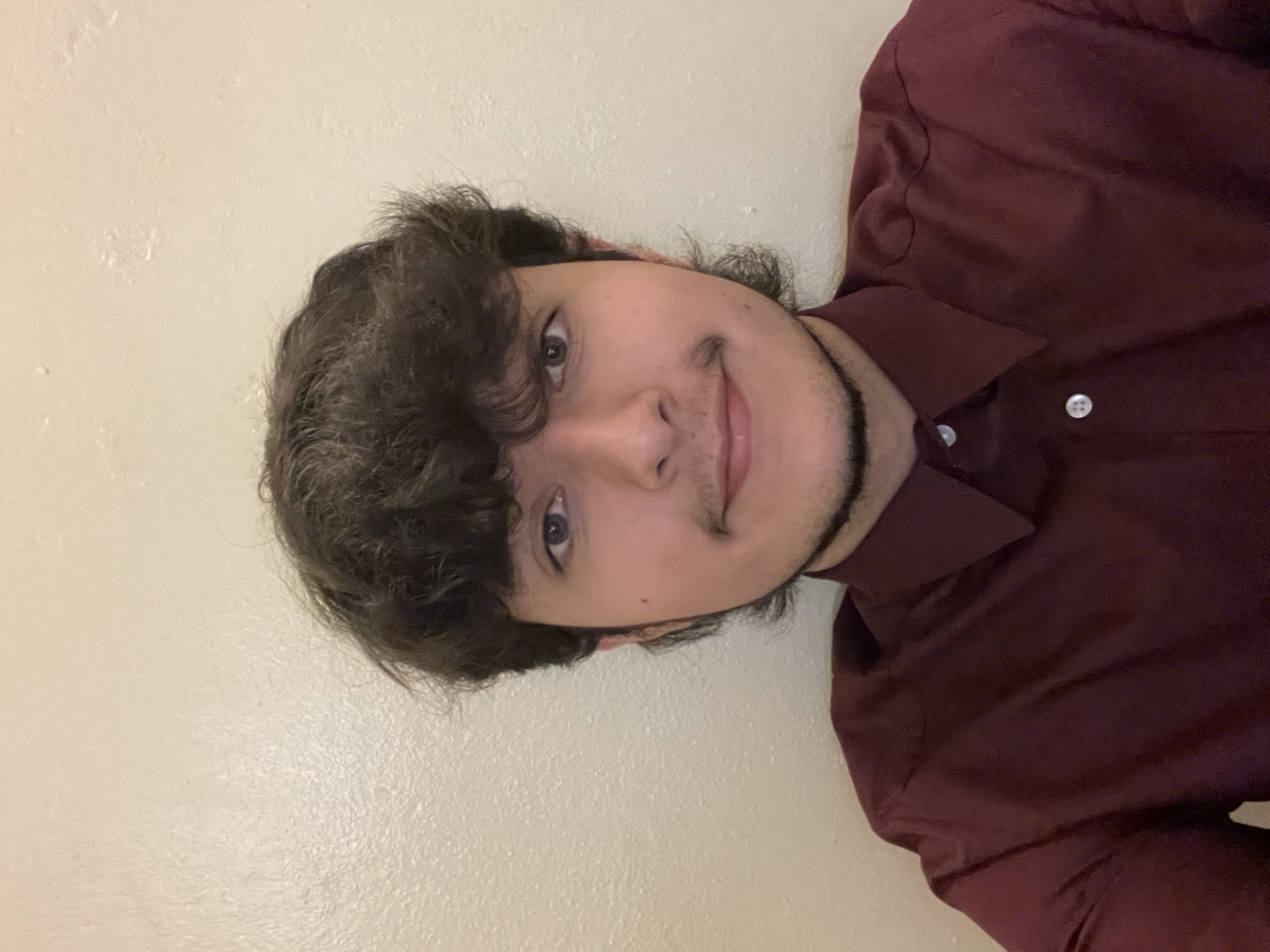
BIO
Hello! My name is Ryan Potter, and I am from Clewiston, Florida. I am currently a sophomore at Florida State University majoring in Biological Sciences. I am interested in plant pathology and immunology and was excited to start my research project in Dr. Thoms lab in Fall of 2023.
Rhizosphere Immunity: Plants Differentiate Beneficial and Pathogenic Bacterial Growth
Authors: Ryan Potter, Dr. David ThomsStudent Major: Biological Sciences
Mentor: Dr. David Thoms
Mentor's Department: Department of Biological Sciences Mentor's College: Florida State University Co-Presenters:
Abstract
Plant roots in soil are constantly surrounded by endless amounts of beneficial and pathogenic bacteria. Symbiotic bacterial interactions promoted by plants are necessary to achieve optimal development and growth. Pathogenic bacterial growth suppression is essential to maintain a healthy and optimal growth pattern for a plant. By analyzing the growth of bacterial fluorescence, I compared the growth of pathogenic and beneficial bacteria in Col0 plants. Through in planta experiments and data analysis, I determine that beneficial bacterial growth outcompetes pathogenic growth. I can conclude that plant hosts are able to distinguish between pathogenic and beneficial bacteria growing in the rhizosphere. Due to the plants ability to promote growth for beneficial bacteria, while preventing growth from pathogenic bacteria, there may be a difference in immune-elicited responses.
Keywords: plants, microbiology, immunity, immunology, rhizosphere
24th annual Undergraduate Research Symposium, April 3, 2024
Parker Ridaught Poster Session 5: 4:00 pm - 5:00 pm/149

BIO
I am majoring in economics and political science with minors in mathematics and statistics. After undergrad, I want to pursue a PhD in economics and specialize in a field within microeconomics. I am from Tampa, FL and hope to eventually live in Chicago.
The Role of Vacancies and Crime in Determining Home Prices
Authors: Parker Ridaught, Dr. Crystal TaylorStudent Major: Political Science and Economics
Mentor: Dr. Crystal Taylor
Mentor's Department: Economics Mentor's College: College of Social Sciences and Public Policy Co-Presenters: Eliza Terziev
Abstract
Understanding homeowner vacancy and crime rates is critical to analyzing a community's growth potential and health. Home sale prices are clear indicators of a neighborhood's perception of quality and are influenced by standard home specifications and the characteristics of the surrounding neighborhood. Building on an abundant literature on the role vacancies and crime play in a community’s housing market, we ask the following: What role, if any, do homeowner vacancies and crime rates play in predicting a home’s sale price while controlling for other factors? We develop a hedonic price model of sales price that, in addition to typical housing characteristics, includes home vacancies and crime (property and violent) as explanatory variables. We use 2022 tax roll data from the Leon County Property Appraiser, 2021 ACS Data, and 2022 crime data from the Tallahassee Police Department. We also explore whether the effect of vacancies in an area depends on property and violent crime rates by introducing an interaction term to our model. Preliminary results suggest that home prices, on average, are lower in areas where vacancies are higher. Specifically, we observe a statistically significant relationship between the number of vacancies in a given home’s area and the home’s sale price. We also find that the effect of homeowner vacancies on sale price may depend on the level of violent and property crime in an area, although the direction of the effect is different between the two types of crime.
Keywords: Home price, vacancy, crime


